
Jaw Joint Disorder
The temporomandibular joint (TMJ) is the hinge that connects your jaw to the temporal bones of your skull, located just in front of the ears. It allows you to talk, chew, and move your jaw naturally. Temporomandibular disorders (TMD) occur when the joint, muscles, or surrounding structures are not functioning properly.
Typical signs include joint pain, clicking sounds, limited movement, or even a locked jaw. TMD is most common between the ages of 20–40, and early treatment often leads to faster recovery and fewer recurrences.
Causes of Temporomandibular disorders(TMD)

A heavy blow, whiplash, accidental knock on the joint
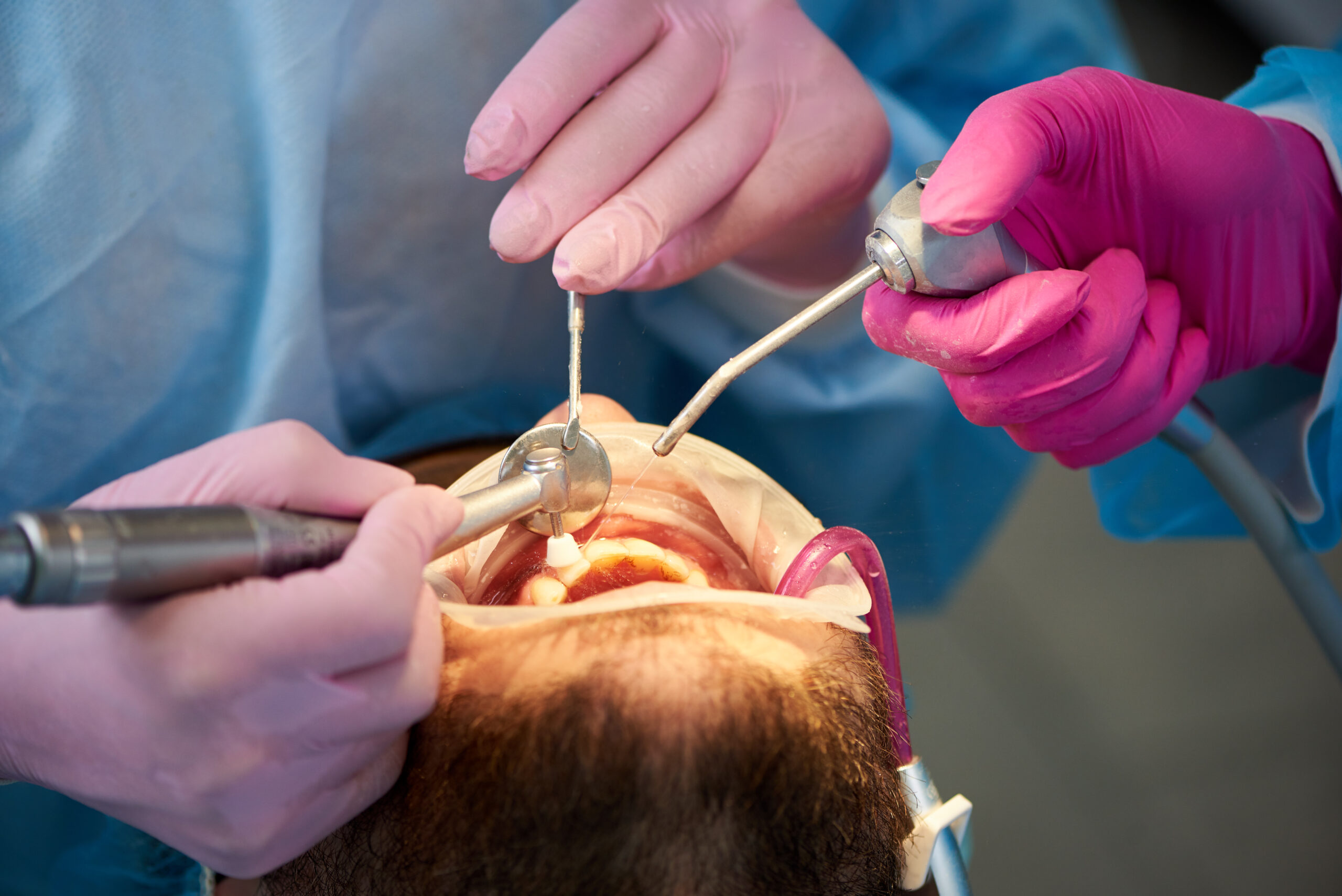
Bruxism or grinding of teeth
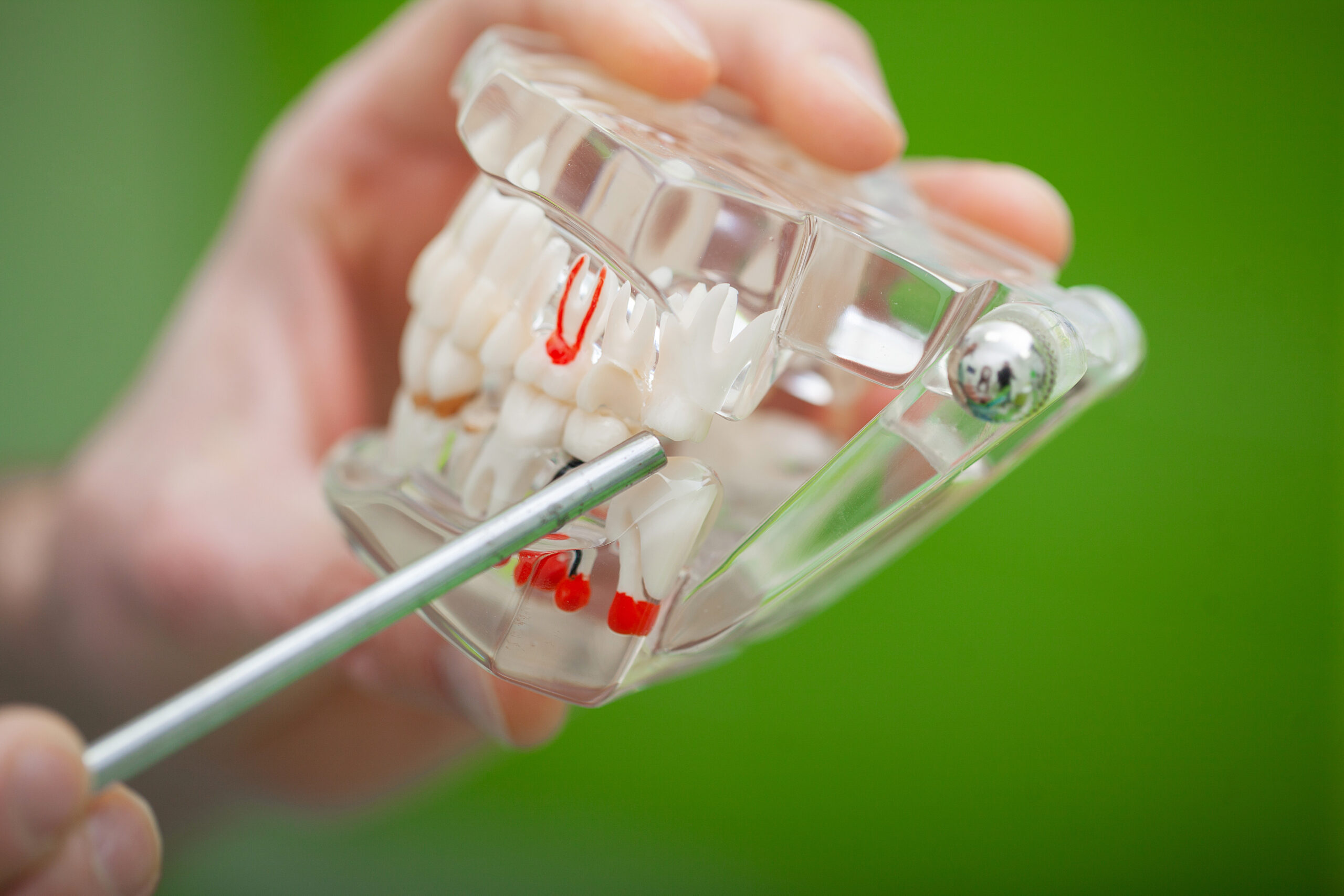
Deformed condylar disc
(a soft cushion or disc between the ball and socket of the joint)
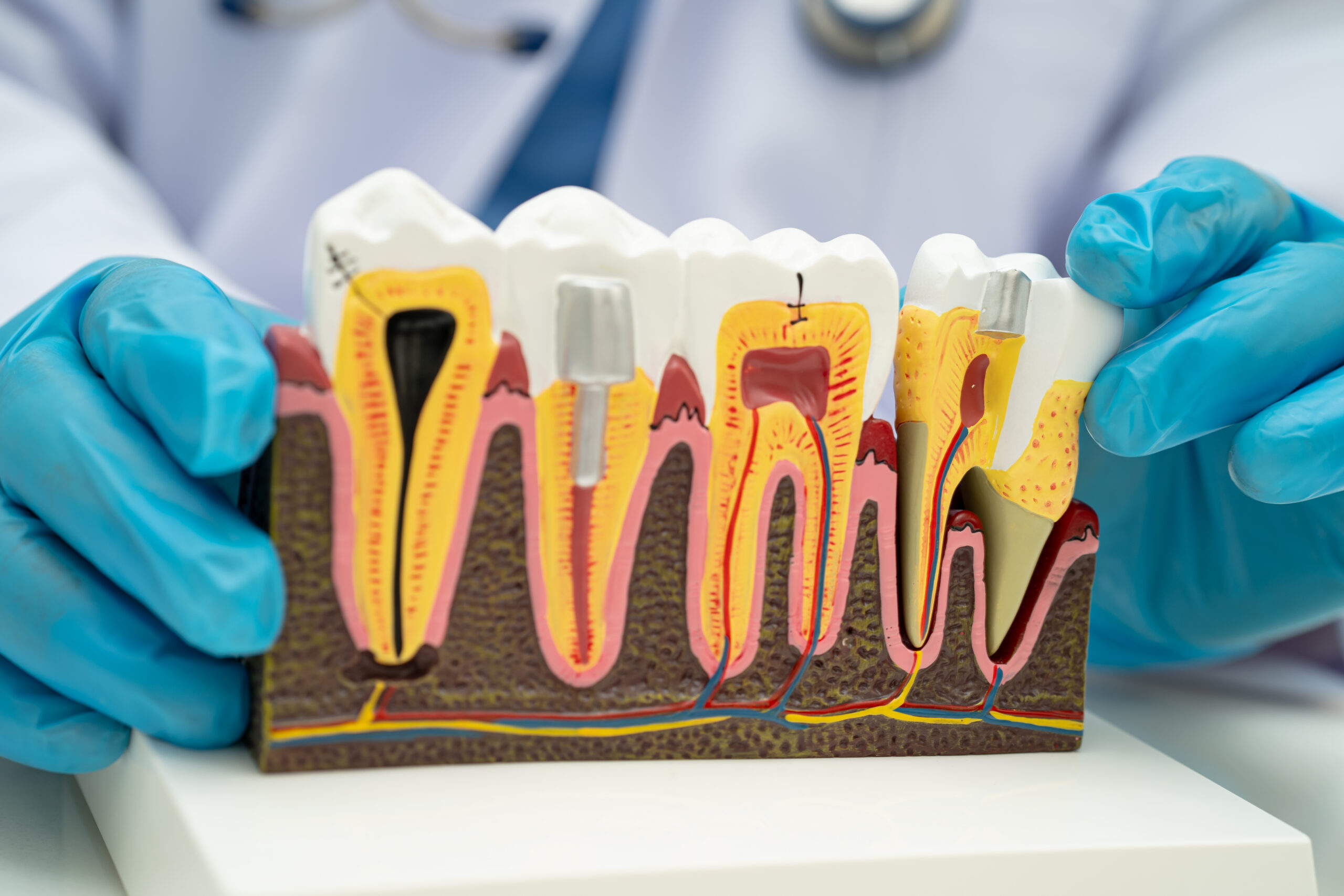
Infections in the joint
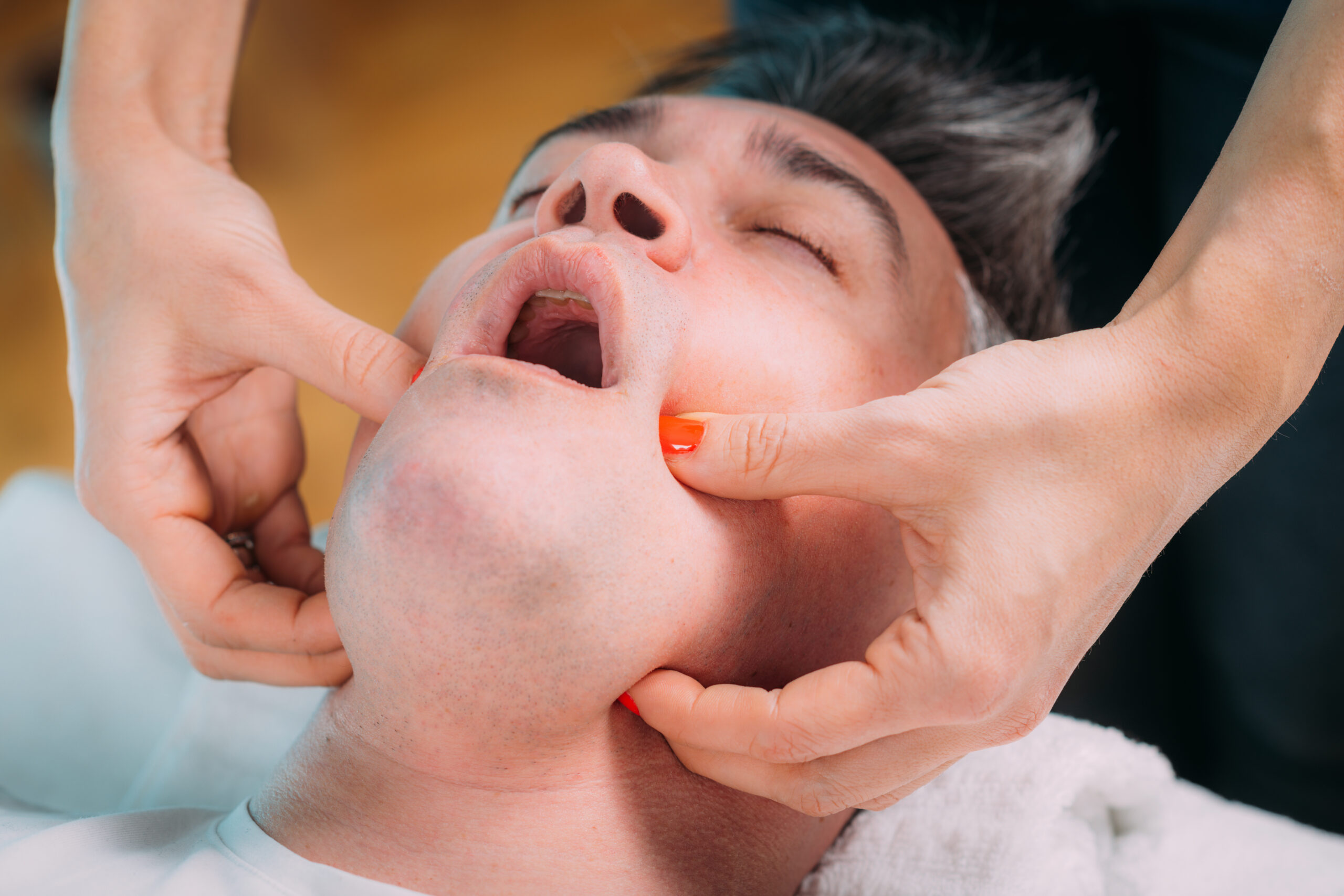
Stress that tightens facial and jaw muscles and make one clenches their teeth
Symptoms of Temporomandibular disorders(TMD)
Advantages of Early TMD Treatment
Prevent complications and achieve faster recovery with timely intervention.
Relieves jaw pain and discomfort

Restores smooth jaw movement and function
Prevents worsening of joint damage

Reduces chances of recurrence with proper care
Process of Treatment for TMD
01
02
03
04

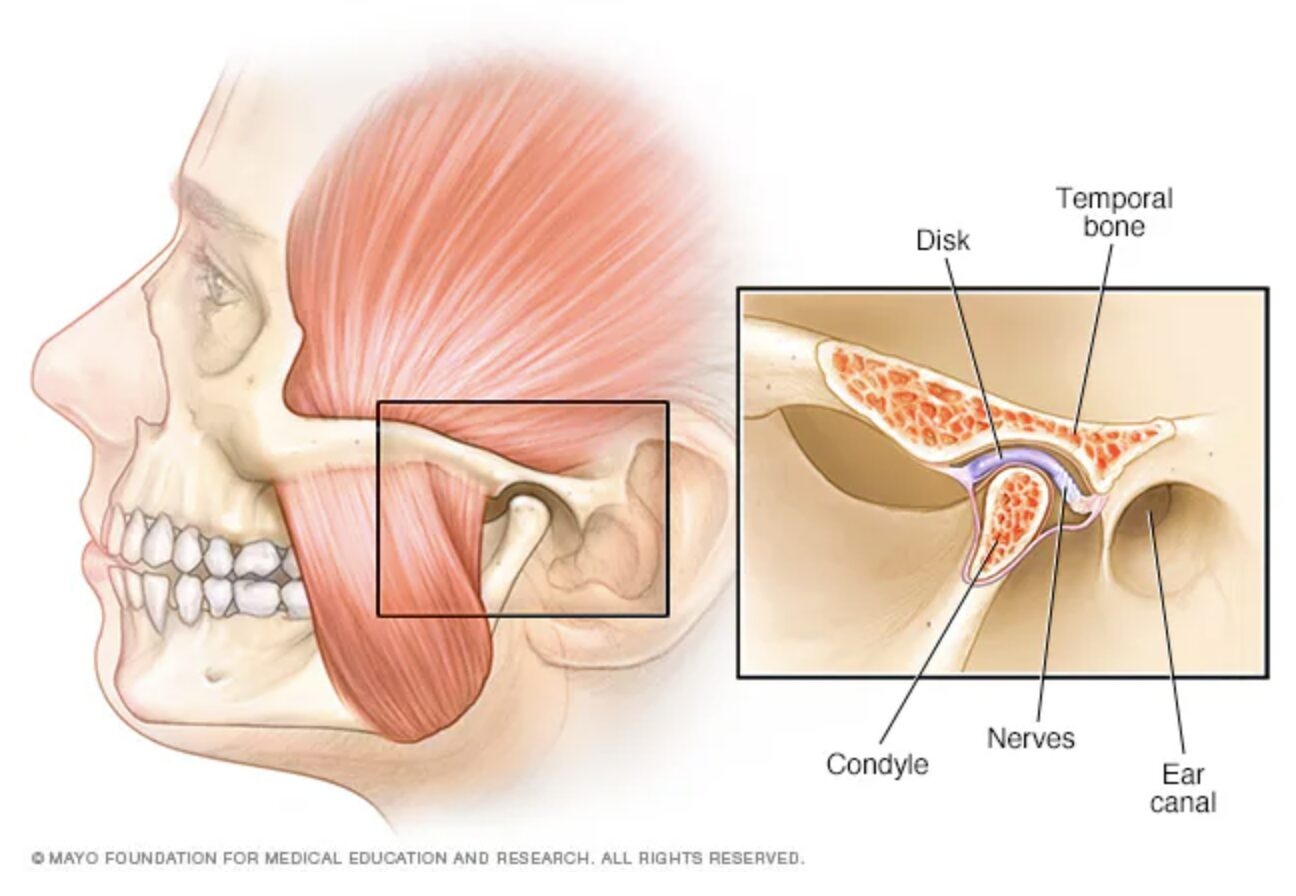
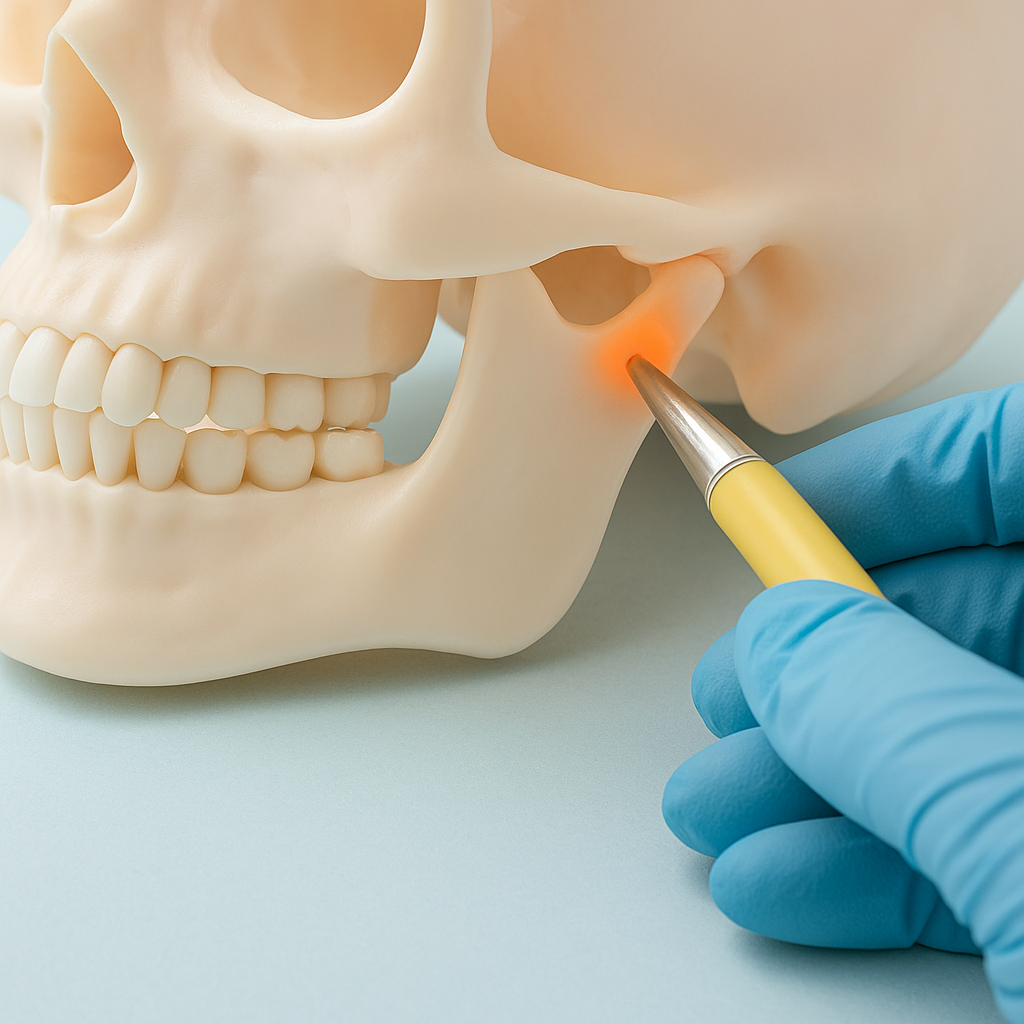

01

02
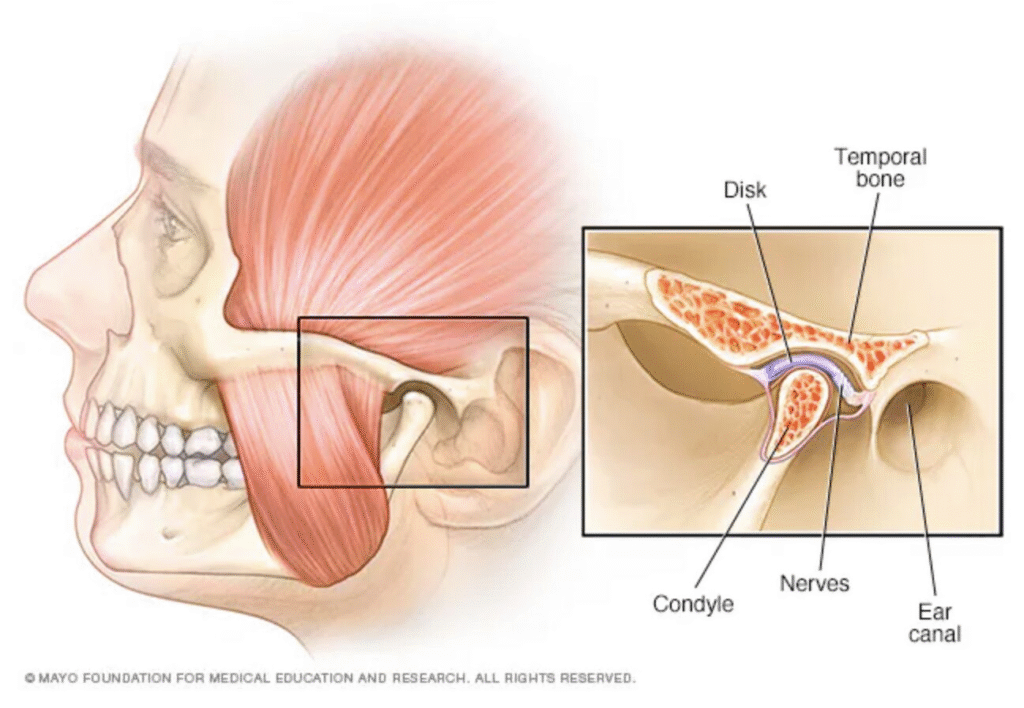
03
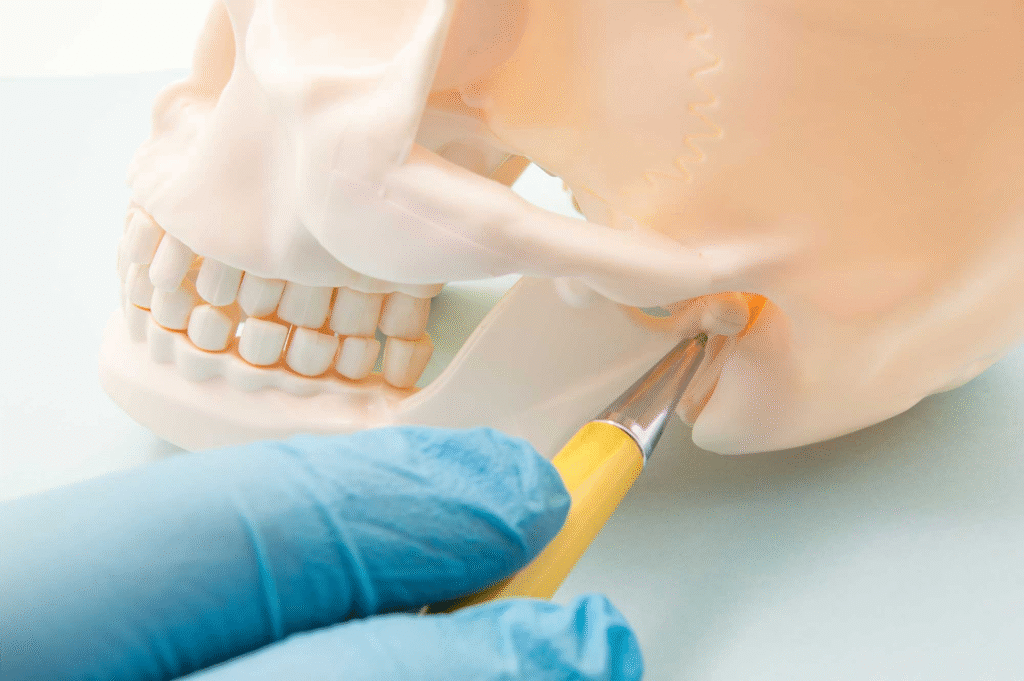
04

Frequently Asked Questions
What is the difference between TMJ and TMD?
TMJ refers to the jaw joint itself, while TMD refers to disorders affecting the joint and surrounding muscles.
Who is most likely to develop TMD?
It commonly affects adults aged 20–40, but stress, trauma, or bad habits can trigger it at any age.
Is TMD permanent?
Not necessarily. Many cases improve with early treatment and proper care.
Can TMD cause headaches or ear pain?
Yes, pain may radiate to the temples, ears, or neck due to muscle strain.
How does dental laser help TMD?
It reduces inflammation, promotes healing, and eases joint and muscle pain.
Can stress really cause TMD?
Yes. Stress leads to jaw clenching and muscle tightness, which strain the joint.
How much does treatment cost?
Treatment starts from RM1xx per session, depending on severity and treatment plan.

